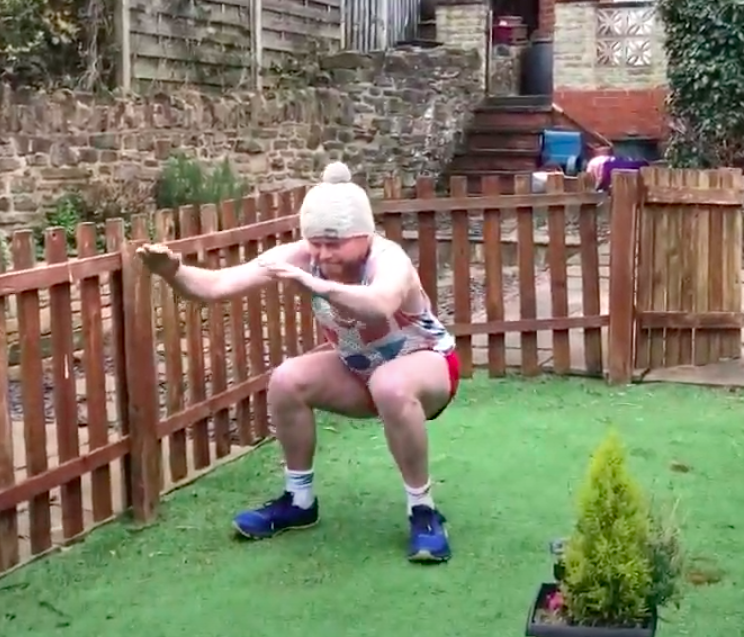What is the Achilles tendon?
The Achilles tendon is a tough, fibrous tissue that attaches the calf muscles (the gastrocnemius and the soleus), to the calcaneus (heel bone). The Achilles is the biggest and strongest tendon in the body, meaning any injury to it is noticeable and very painful.
According to Greek mythology,when the god Achilles was a baby his mum dipped him into immortal water while holding him by the achilles, therefore this was the only part of him that wasn’t immortal. Years later he took an arrow to the achilles and that finished him off, owch.
I’ve asked my Mum and she swears that she didn’t dip me in immortal water as a child, however last time I strained my achilles I did think I’d been shot with an arrow.
What is Achilles tendonitis?
Achilles tendonitis is simply an inflammation of the Achilles tendon, which causes intense pain and discomfort. Achilles tendonitis in runners is common because the calf muscles are the most engaged muscles while running (they perform the task of pushing the foot down and therefore lifting you off the ground.
When you run, the vast majority of power comes from the lift-off phase, perforfmed by the calf muscles. Over time, you’re asking a lot of the Achilles tendon, especially if you’re running long distances or over difficult terrain.
If you don’t have the requisite strength in your Achilles tendon, running can cause inflammation and damage - this is Achilles tendonitis.
Exercises for Achilles tendonitis
If you’re experiencing Achilles tendon pain, there are plenty of exercises you can use to strengthen the tendon. Achilles stretches are a great way to reduce your discomfort, which will improve your running performance in the long term.
Calf exercises
Firstly, we’ll start with an explosive exercise that works the gastrocnemius and soleus muscles in the calf.
Set up a small obstacle to your side - something that you can easily hop over, such as a plant pot. You’ll want this to be approximately 20-30cm tall.
Stand on one foot, facing forward. Hop from side to side, over your obstacle, remaining on just that one foot.
Repeat ten times, and then swap over to the other foot.
As well as lots of power and explosiveness, this exercise requires lots of stability. As you hop, you’re engaging all the smaller muscles and ligaments, which are used to stabilise the ankle.
Glute stretches
The next exercise is to activate the glute muscles. These big, powerful muscles are found around the buttocks, and are also important in that lift-off stage when running.
By engaging the glute muscles more, you can take the pressure off the calf muscles, and therefore help any Achilles tendon pain. The sumo squat is an exercise that works the glutes.
With your legs wider than shoulder-width apart, and facing slightly outwards. Come down into a squat position, as low as you can get, keeping your elbows between your knees.
While engaging the glutes, come up very slowly to a standing position.
Repeat six times.
For an extra challenge, you can attempt a one-legged squat - this will feel a lot harder!
On one leg, bend your knee and squat down.
Once you are as low as you can get, you should be able to feel your glutes engage.
Come back up and repeat six times on each leg.
Frog leaps
The final exercise that can really help your Achilles tendonitis pain is a frog leap.
Come down into a full squat position.
Leap forward, landing in a squat position again.
This will primarily engage the soleus muscle, helping with Achilles injury prevention. The explosiveness of the exercise will also help with speed for running.
Should I see a podiatrist for Achilles tendonitis?
Achilles tendonitis pain can have a debilitating impact on your ability to walk and run, but there are plenty of things you can do to alleviate this pain. Aside from these at-home exercises, we recommend speaking to a medical professional about your Achilles pain - especially if it’s interfering with your daily life.
A podiatrist is able to diagnose and treat any foot or ankle pain you have - including Achilles tendonitis. Seeking help from a medically-trained professional is one of the most effective ways of treating Achilles tendonitis and helping your body get back to feeling at its best.




